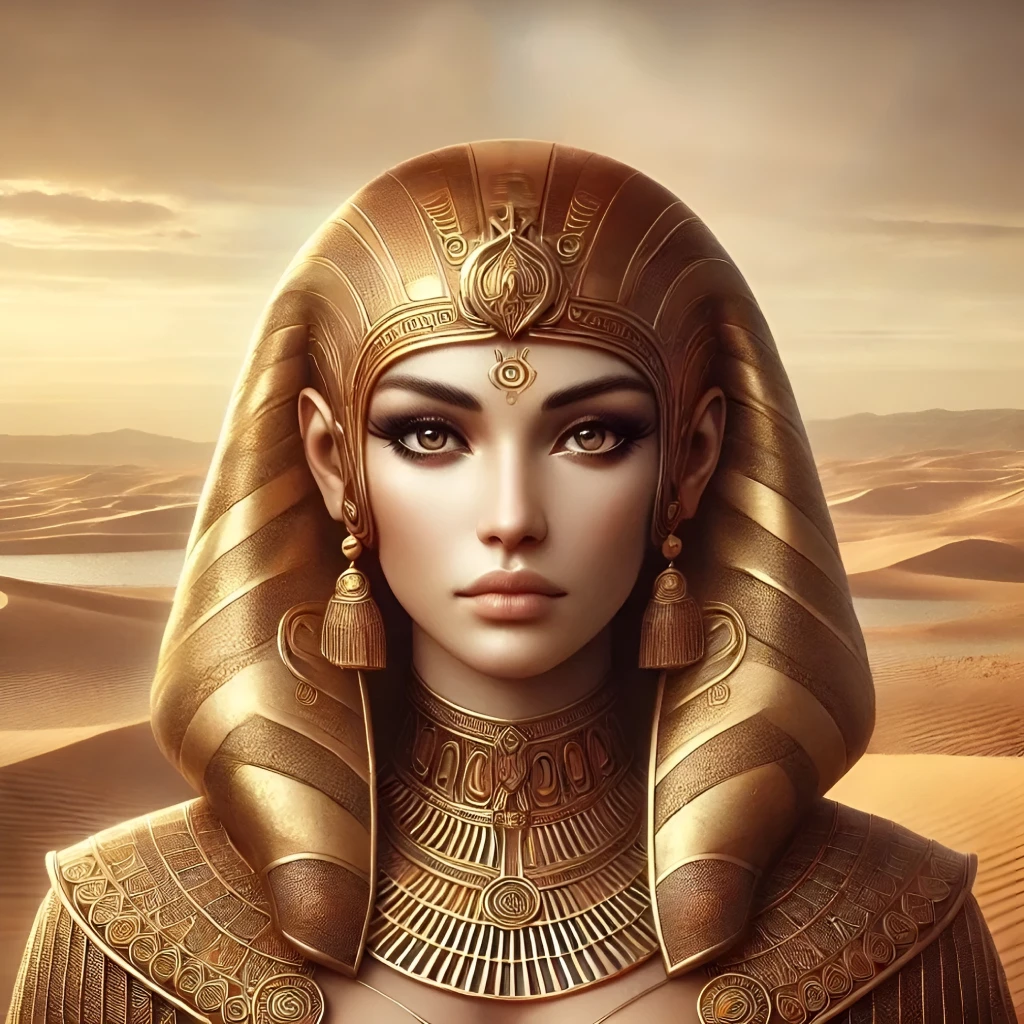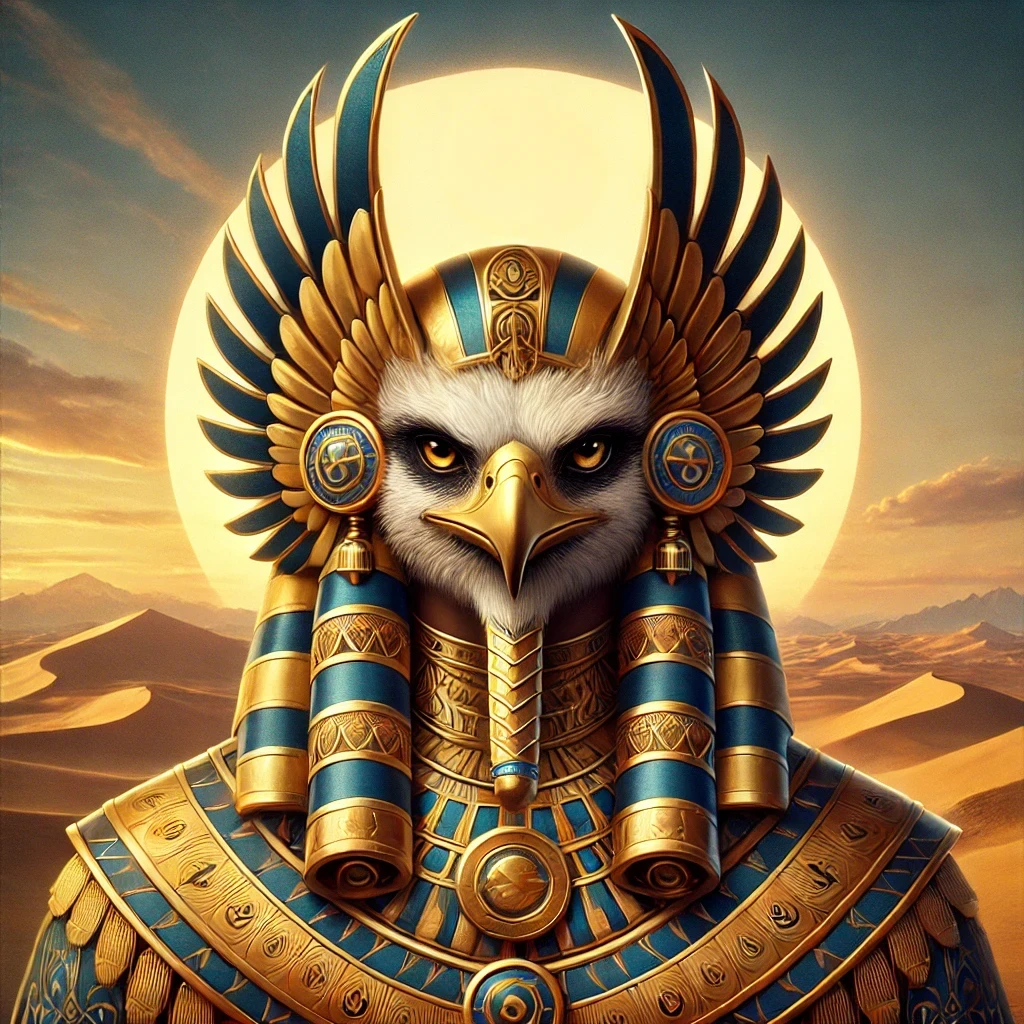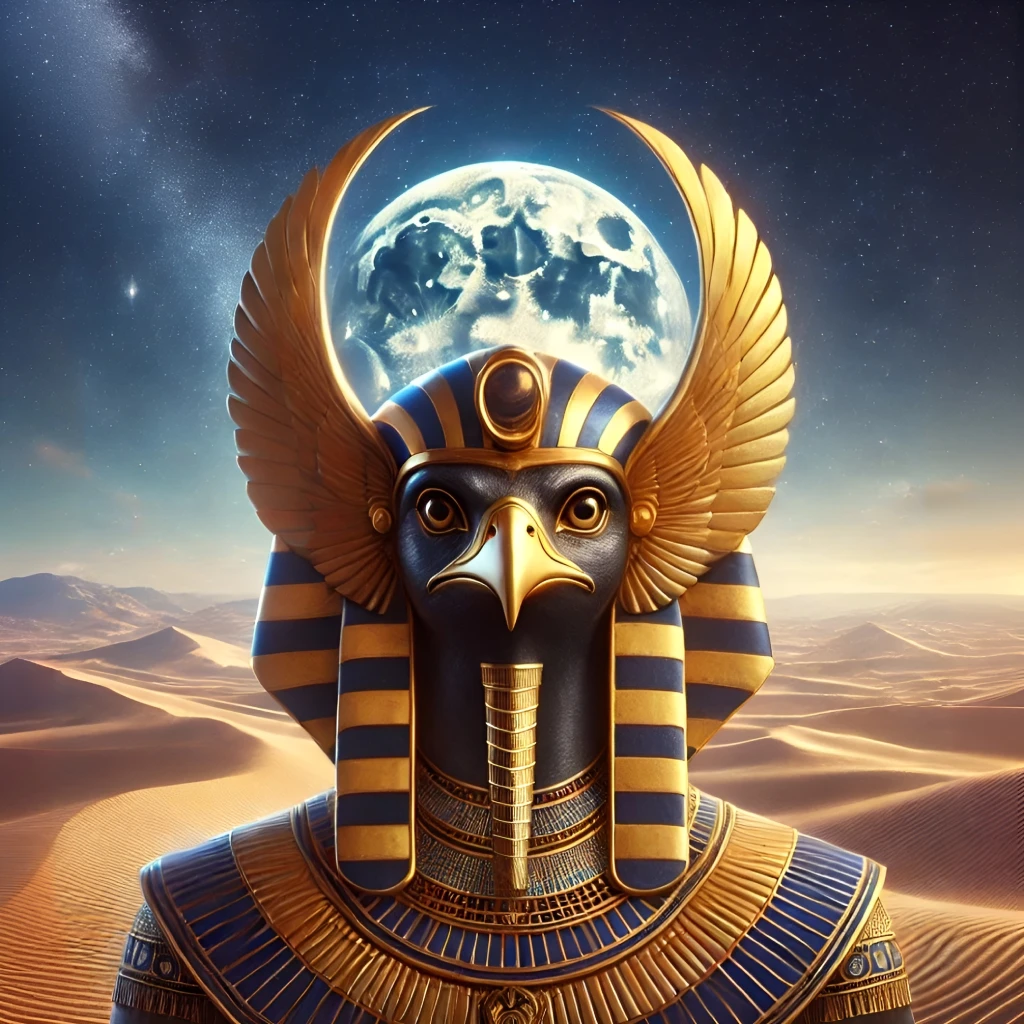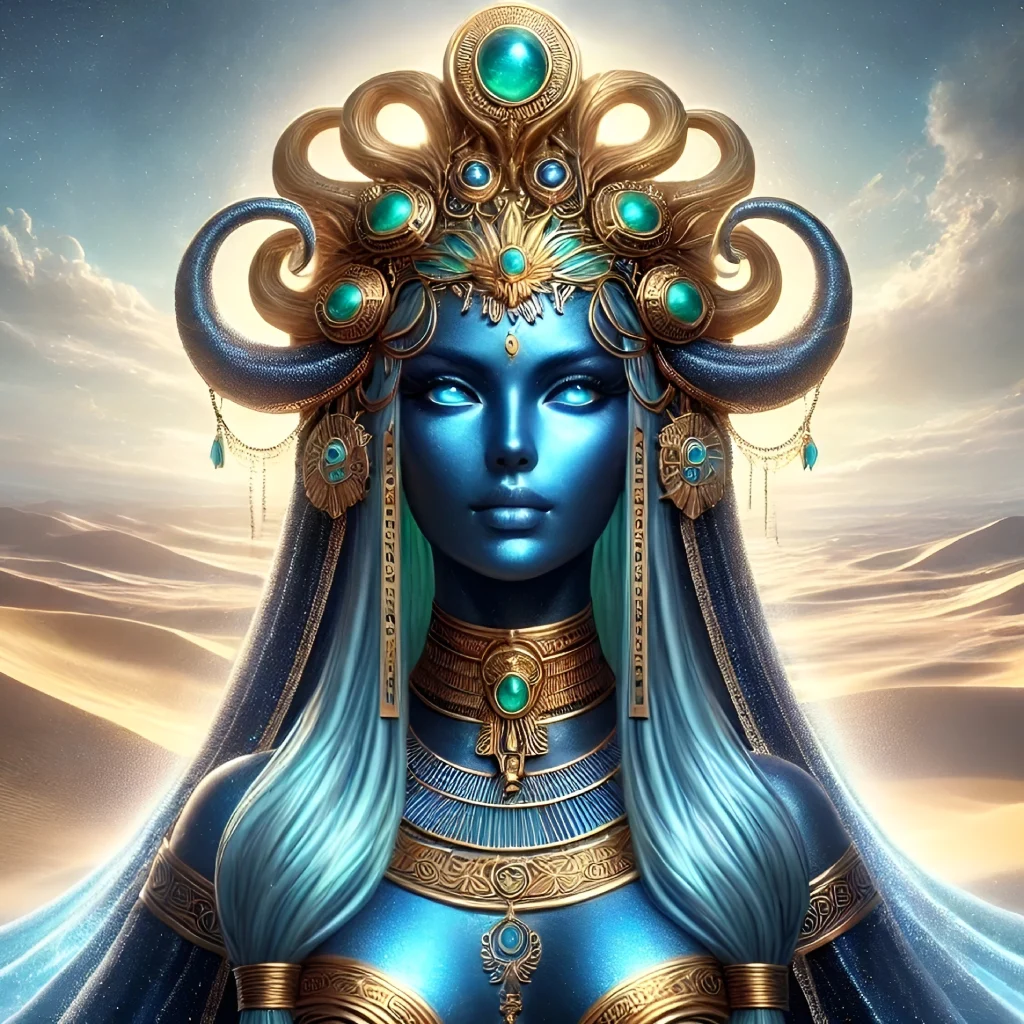Mut, also rendered as Maut or Mout, is one of ancient Egypt’s most venerable deities. Known as the “Mother of the World,” her name signifies “mother,” a reflection of her nurturing and protective nature. Often depicted as a vulture, a lioness, or a woman wearing the double crown of Upper and Lower Egypt, she held a central role in both mythological narratives and daily spiritual practices. Revered as a mother goddess, a queen of the gods, and a protector of Egypt, she transcended mere symbolic status to become an essential figure in the lives of the ancient Egyptians.
Origins
Historical Roots
Mut’s origins can be traced back to the Middle Kingdom (circa 2055-1650 BCE), although her prominence grew significantly during the New Kingdom (circa 1550-1070 BCE). Initially associated with the local vulture goddess, she eventually merged with and absorbed the attributes of other mother goddesses such as Nekhbet and Hathor. By the time of the 18th Dynasty, she was worshipped across Egypt, particularly in Thebes, where her role as the consort of Amun elevated her status.
Evolution of Worship
The establishment of the Karnak Temple complex solidified her position in the pantheon. Here, she was worshipped alongside Amun and their divine son, Khonsu, forming the Theban Triad. Her influence extended beyond royal circles to ordinary Egyptians, who saw her as a source of comfort and protection.
Appearance
Iconography
Mut’s visual representations are rich and varied. She is most frequently portrayed as a regal woman wearing the double crown of Egypt, symbolizing her sovereignty over the unified land. Often, she is adorned with the vulture headdress, a mark of her maternal and protective roles. This headdress is sometimes complemented by a uraeus, emphasizing her divine authority.
Animal Associations
In addition to her human form, she was associated with animals such as the vulture and lioness. The vulture, a creature known for its nurturing instincts, symbolized her maternal essence, while the lioness embodied her fierce and protective nature.
Abilities
Protective Powers
As a mother goddess, Mut was believed to wield immense protective power. She shielded both the pharaoh and the land of Egypt from harm, ensuring stability and prosperity. Her association with the vulture, an emblem of guardianship, reinforced this role.
Healing and Fertility
She was also revered for her abilities to heal and restore life. As a deity connected to the cycles of creation, she was invoked for fertility and childbirth, providing strength and solace to women in labor.
Myths
Role in the Theban Triad
In Theban mythology, Mut played a pivotal role as the consort of Amun and the mother of Khonsu. Together, this triad symbolized creation, renewal, and the maintenance of cosmic order. Her nurturing role ensured the continuity of divine and earthly cycles.
Battle Against Chaos
In some myths, her lioness aspect came to the forefront. As a fierce protector, she battled the forces of chaos, often identified as the serpent Apophis. This aspect of her mythology underscores her dual role as a nurturing and warrior goddess.
Symbolism
Objects
Mut was frequently associated with symbols of royalty and protection. The double crown she wore represented her dominion over all of Egypt, while the vulture headdress symbolized her maternal and protective nature.
Animals
The vulture and lioness were sacred to her. The vulture represented care and vigilance, while the lioness signified strength and ferocity.
Plants and Minerals
Lotuses and papyrus were linked to her divine nature, representing creation and rebirth. Gold, often used in her depictions, highlighted her association with divine purity and eternal power.
Relationships
Amun
As the consort of Amun, Mut was revered as the queen of the gods. Their union symbolized the balance of masculine and feminine forces in the cosmos, ensuring harmony and order.
Khonsu
Mut’s role as the mother of Khonsu, the moon god, emphasized her nurturing qualities. Together, the Theban Triad exemplified the interconnectedness of creation, protection, and renewal.
Other Deities
Mut was sometimes syncretized with other goddesses, including Sekhmet and Bastet, absorbing their attributes to enhance her multifaceted nature. This syncretism highlights her adaptability and widespread reverence.
Trivia
- The Karnak Temple complex includes a sacred lake dedicated to her, where rituals were performed to honor her.
- Mut’s festivals often featured elaborate processions, with statues of her carried on ceremonial barges.
- Pharaohs frequently identified themselves as “sons of Mut” to legitimize their rule.
- Her lioness aspect is sometimes linked to the goddess Sekhmet, blending nurturing and warrior traits.
- Her vulture headdress was made from real feathers in some temple rituals, symbolizing authenticity and divine connection.



